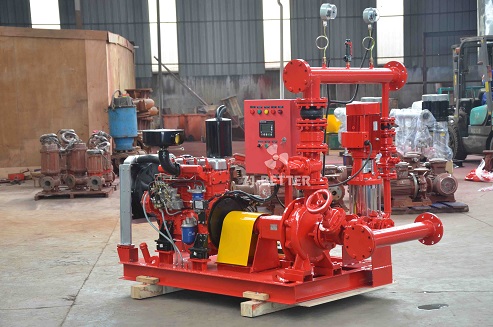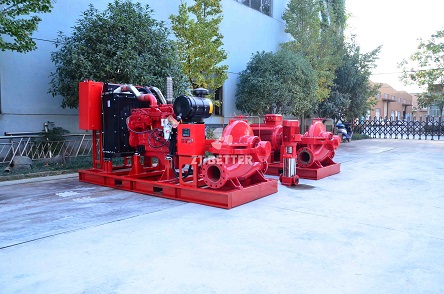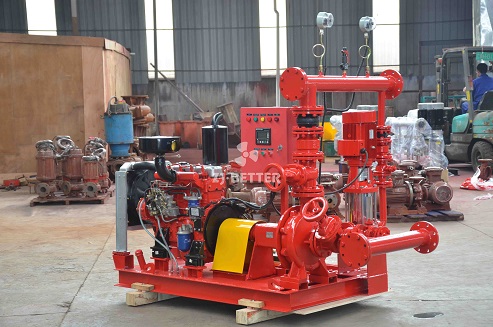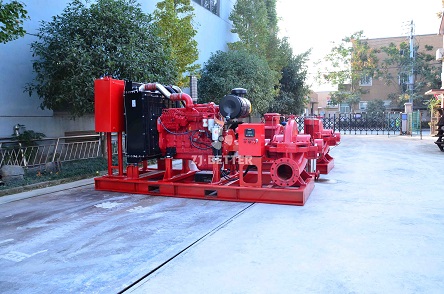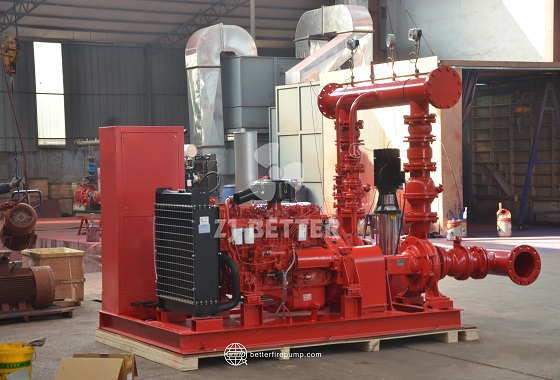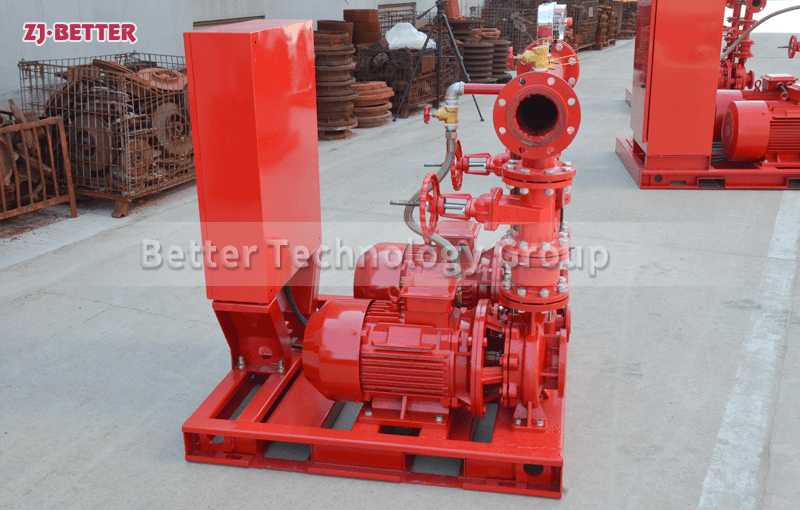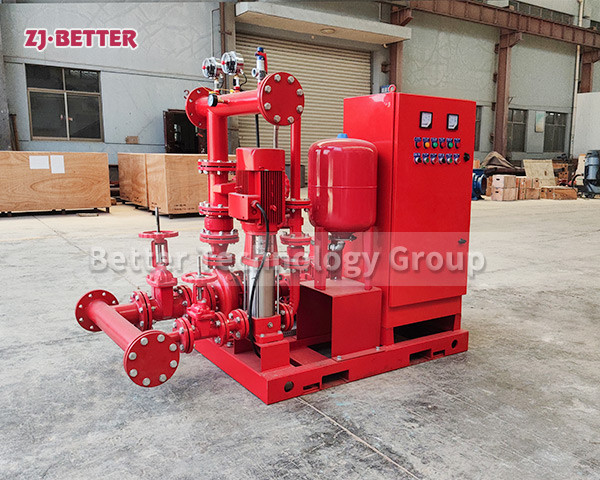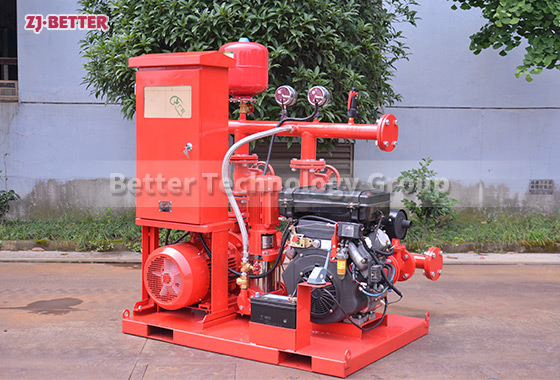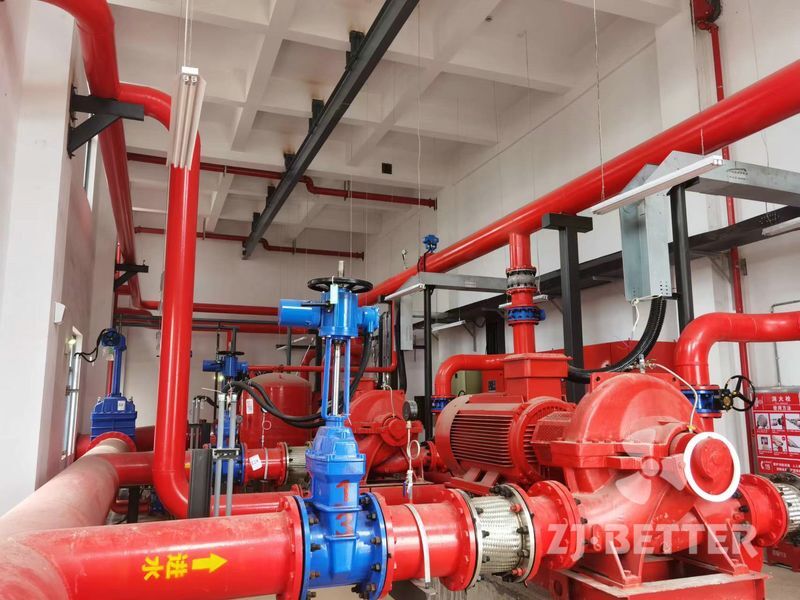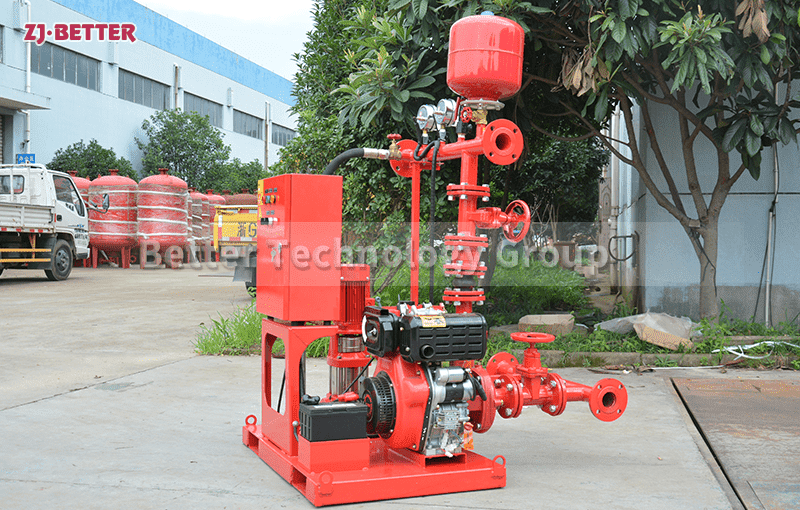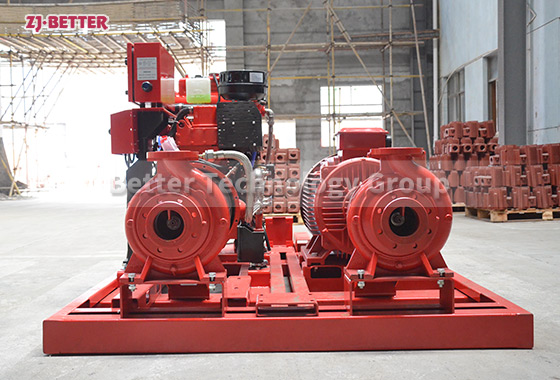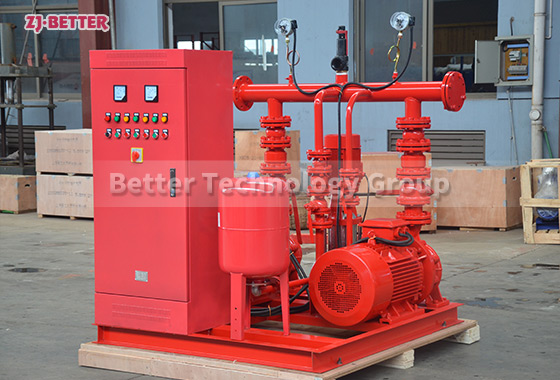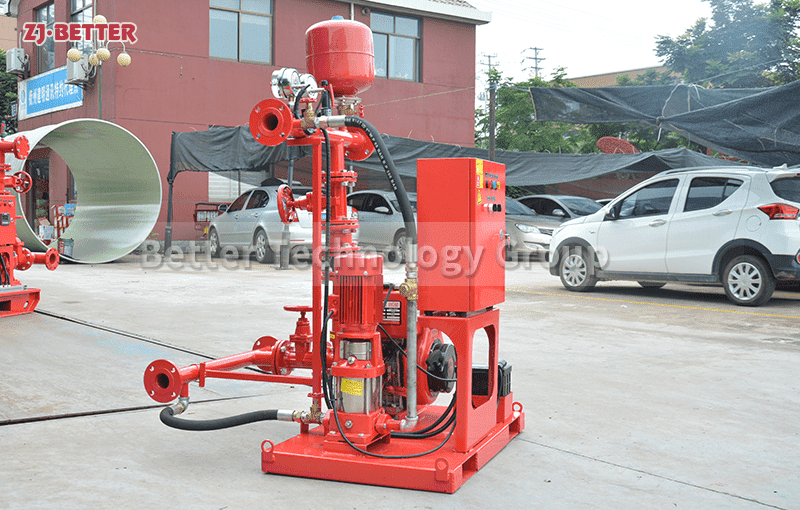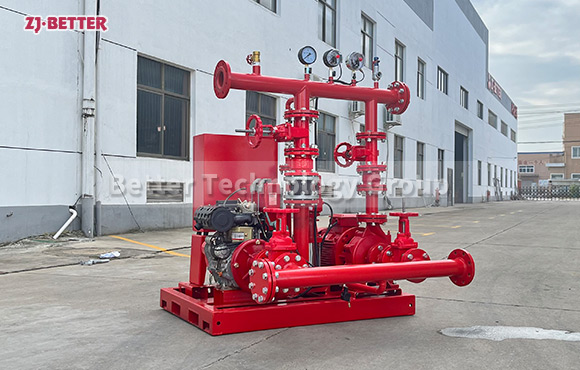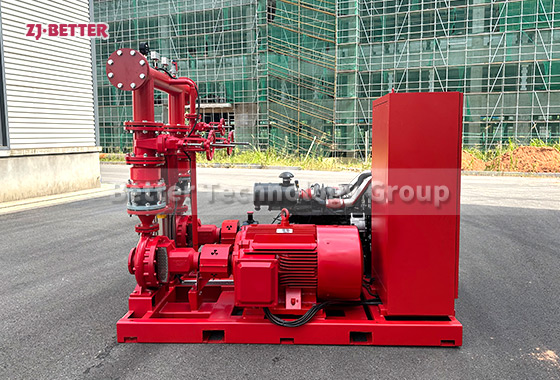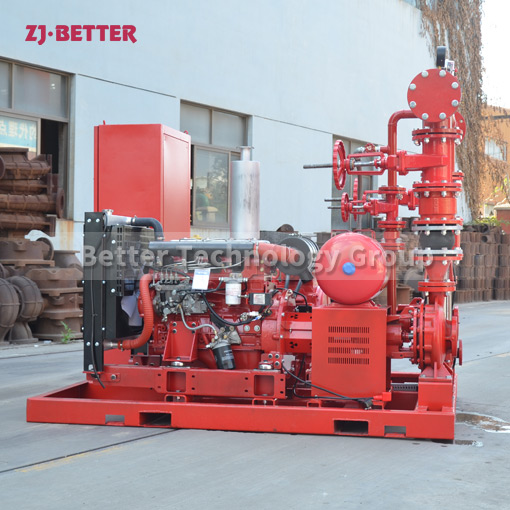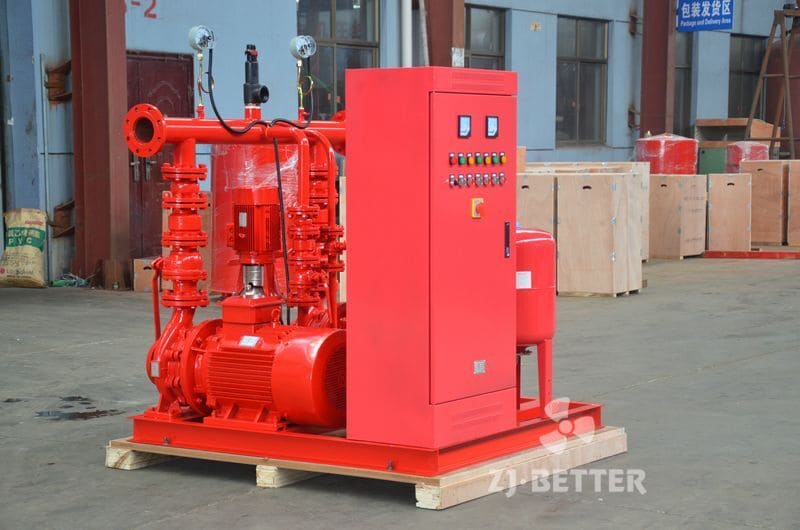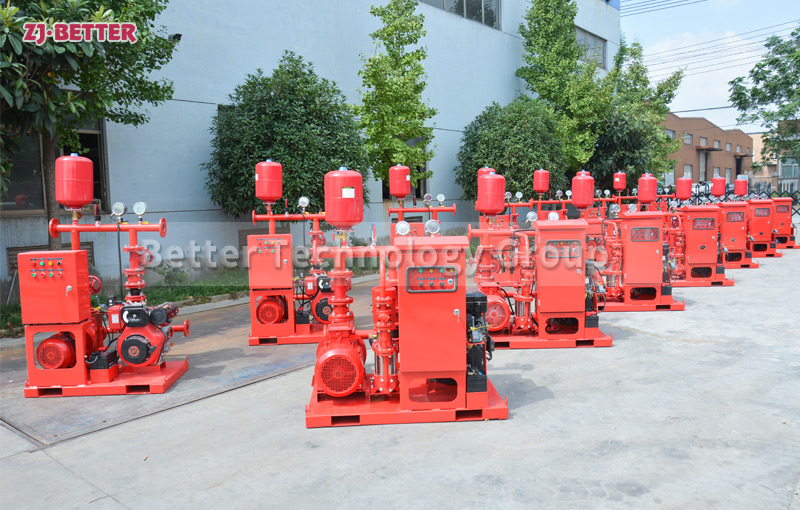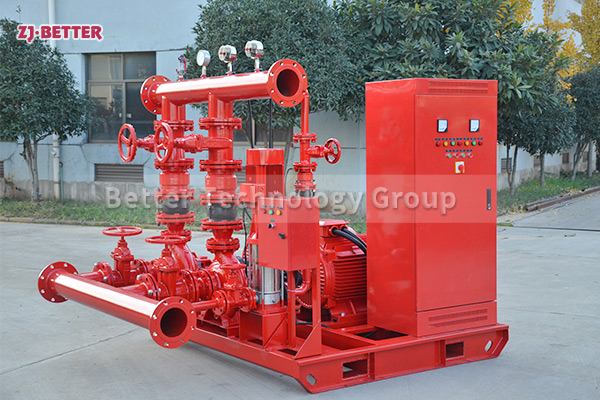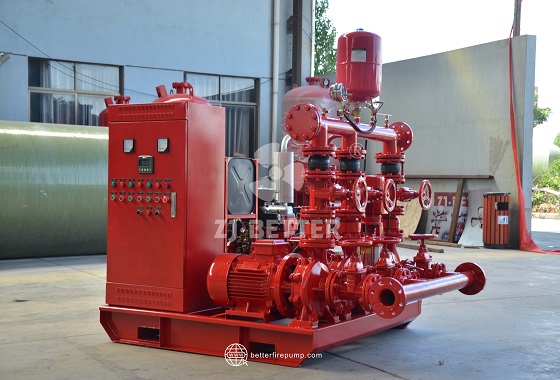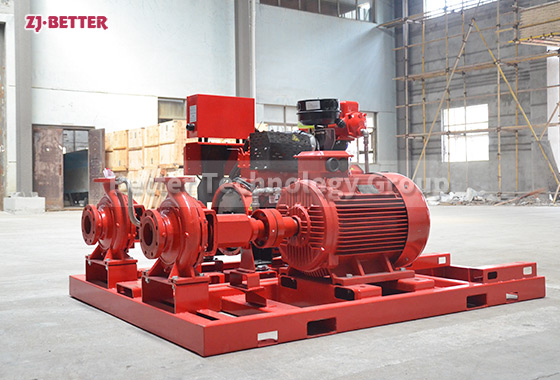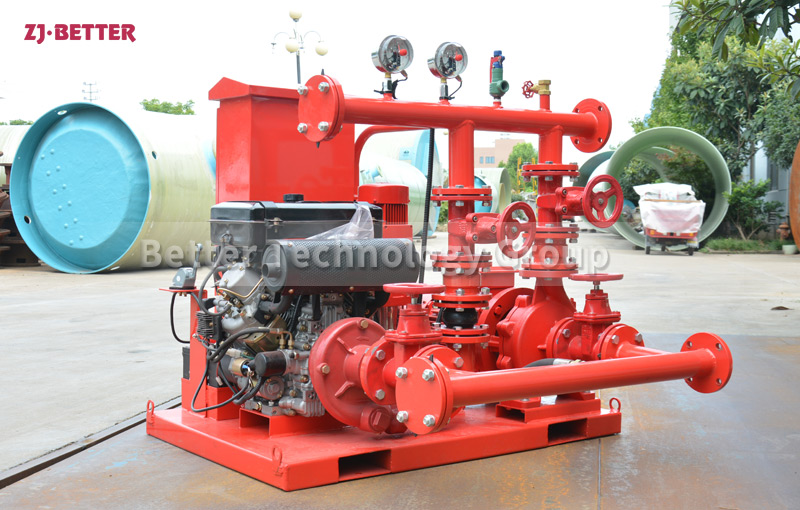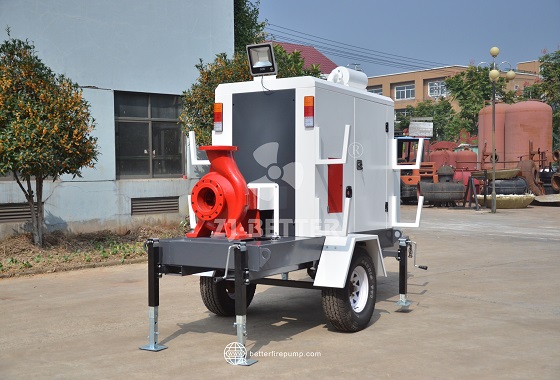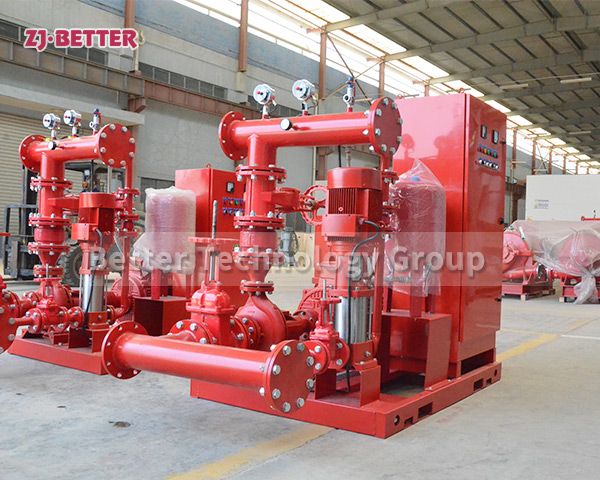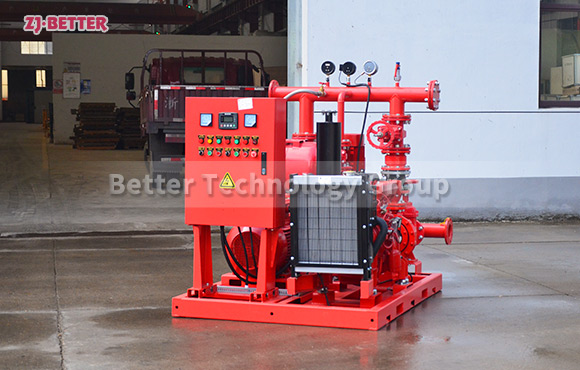When is a fire pump required for a sprinkler system?
A fire pump is required when the available pressure from the water system is insufficient to supply adequate pressure to all of the sprinkler heads in the structure at the required flow. The required flow is based on heads activating in a given area, which is determined by the hazard to be protected. Fire pumps are more commonly needed in taller buildings, but can also occur in shorter buildings in hilly locations.
A fire pump is required when the available pressure from the water system is insufficient to supply adequate pressure to all of the sprinkler heads in the structure at the required flow. The required flow is based on heads activating in a given area, which is determined by the hazard to be protected. Fire pumps are more commonly needed in taller buildings, but can also occur in shorter buildings in hilly locations.

